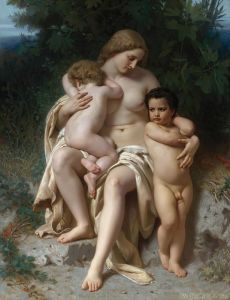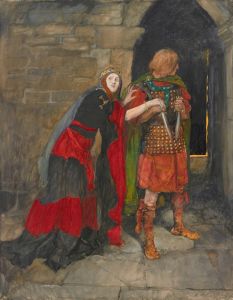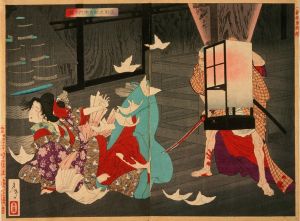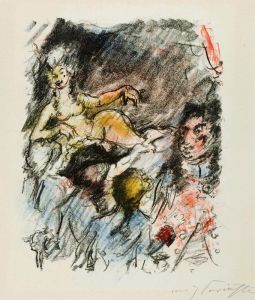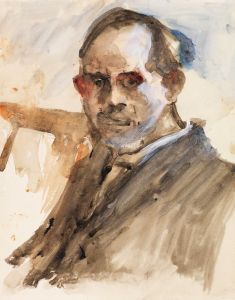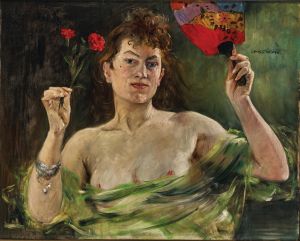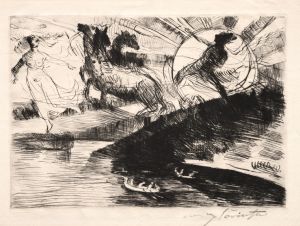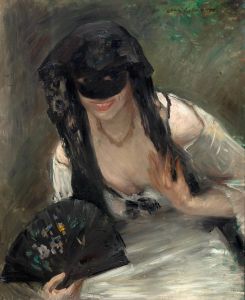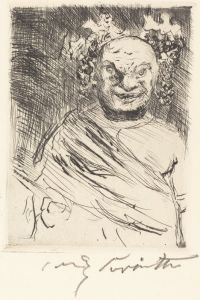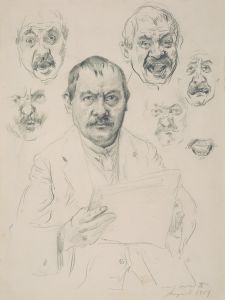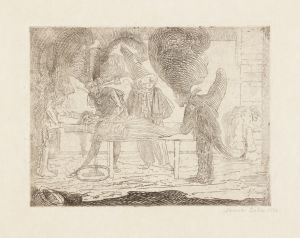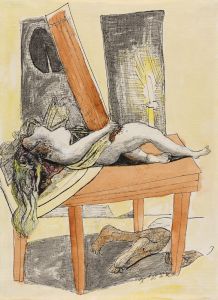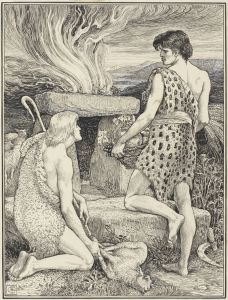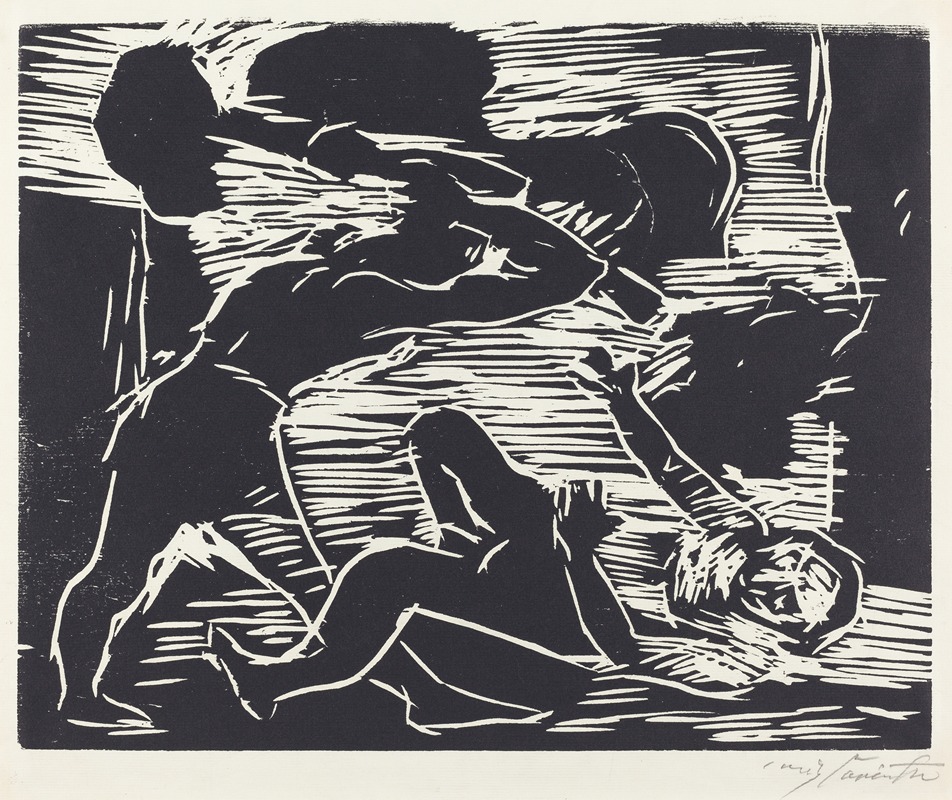
Cain and Abel
A hand-painted replica of Lovis Corinth’s masterpiece Cain and Abel, meticulously crafted by professional artists to capture the true essence of the original. Each piece is created with museum-quality canvas and rare mineral pigments, carefully painted by experienced artists with delicate brushstrokes and rich, layered colors to perfectly recreate the texture of the original artwork. Unlike machine-printed reproductions, this hand-painted version brings the painting to life, infused with the artist’s emotions and skill in every stroke. Whether for personal collection or home decoration, it instantly elevates the artistic atmosphere of any space.
Lovis Corinth's painting Cain and Abel is a work by the German artist, created in 1917. Corinth, a prominent figure in the German Impressionist and Expressionist movements, often explored biblical themes in his art, and this painting is one of his interpretations of the story of Cain and Abel from the Book of Genesis in the Bible.
The painting depicts the dramatic and violent moment when Cain, driven by jealousy and anger, kills his brother Abel. Corinth's use of dynamic brushstrokes and vivid colors enhances the emotional intensity of the scene. The composition focuses on the physical struggle between the two brothers, capturing the raw energy and brutality of the act. The figures are rendered with a sense of movement and tension, characteristic of Corinth's later works, which often displayed a more expressive and less restrained style compared to his earlier, more naturalistic approach.
This painting was created during a period of significant personal and artistic transformation for Corinth. In 1911, he suffered a stroke that partially paralyzed his left side, forcing him to adapt his technique. Despite this physical challenge, Corinth continued to produce powerful and evocative works, and Cain and Abel reflects his mature style, marked by bold, expressive brushwork and a focus on emotional depth.
The biblical story of Cain and Abel has been a recurring subject in Western art, symbolizing themes of jealousy, violence, and the consequences of sin. Corinth's interpretation stands out for its intense emotional impact and its emphasis on the physicality of the conflict. The painting is also notable for its reflection of the turbulent historical context of its creation, as it was painted during World War I, a time of widespread violence and upheaval.
Cain and Abel is part of Corinth's broader body of work that includes numerous religious and mythological subjects. The painting is housed in the Kunsthalle Mannheim, a museum in Mannheim, Germany, which holds a significant collection of Corinth's works. It remains an important example of his ability to convey complex human emotions and moral dilemmas through his art.
This painting is a testament to Lovis Corinth's enduring legacy as one of Germany's most influential artists of the late 19th and early 20th centuries. His ability to combine technical skill with emotional expression continues to resonate with viewers and art historians alike.





